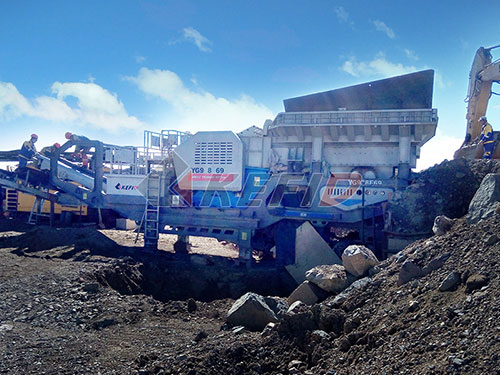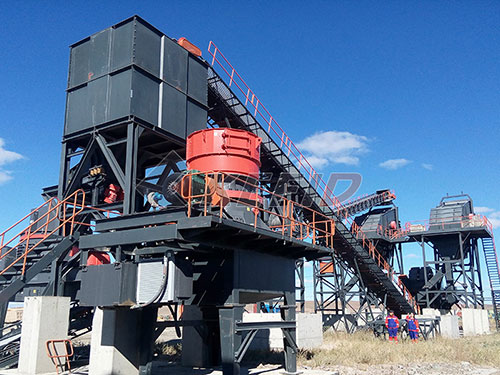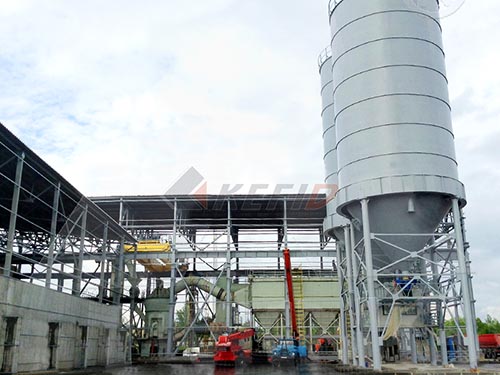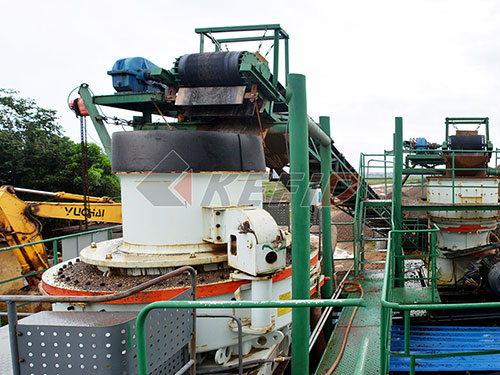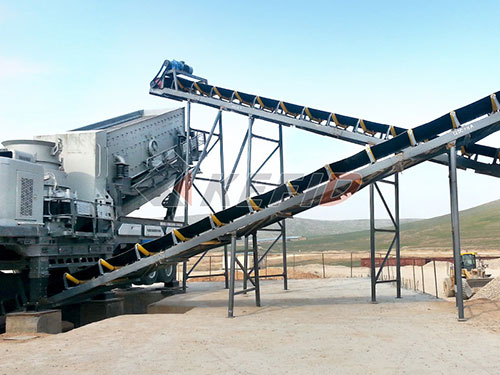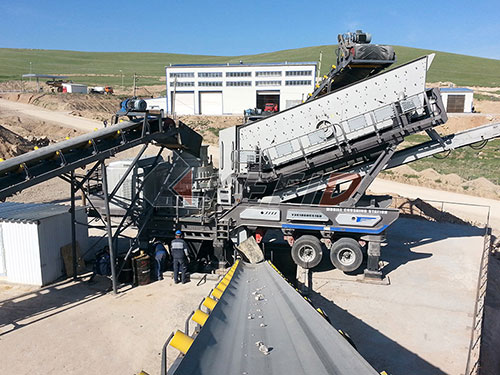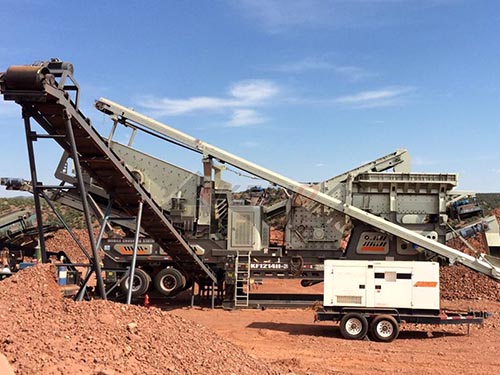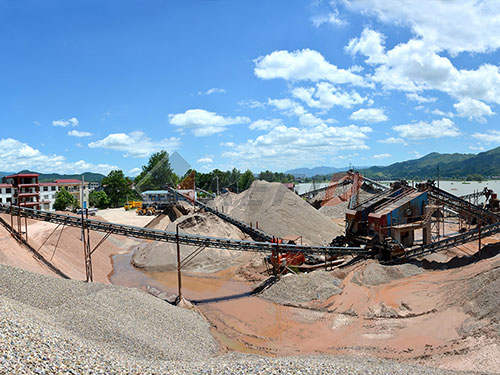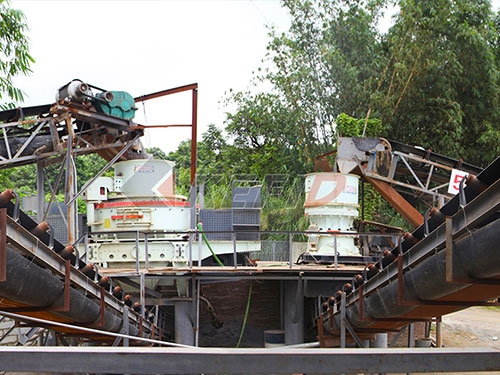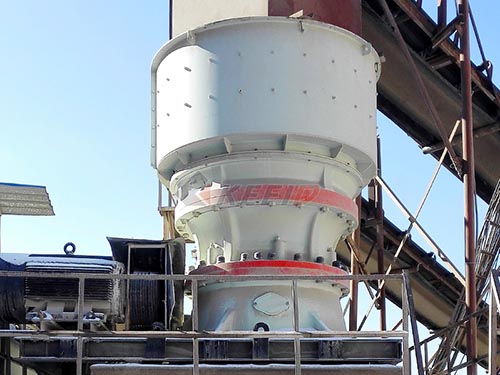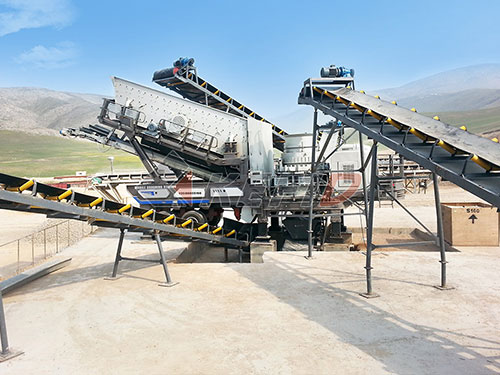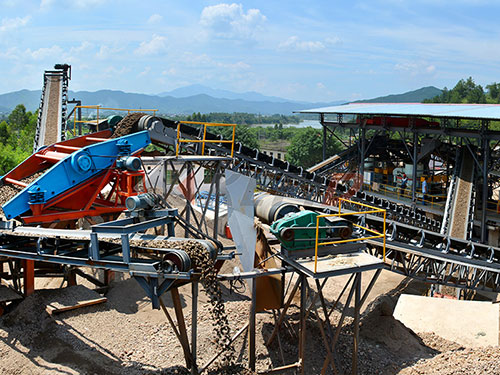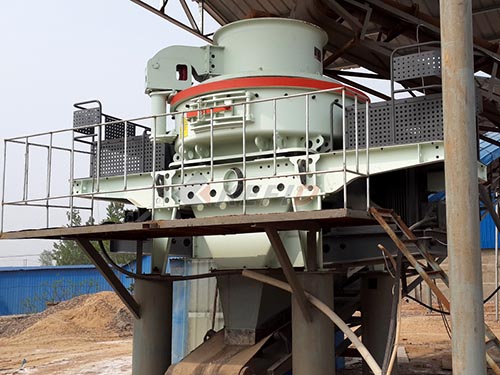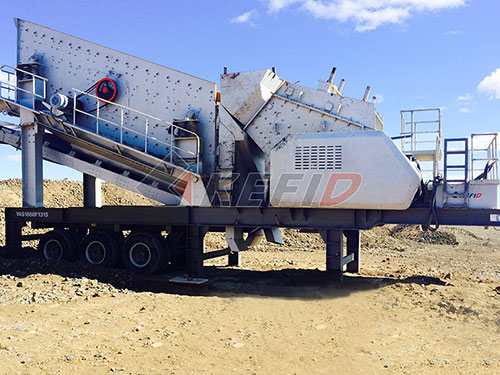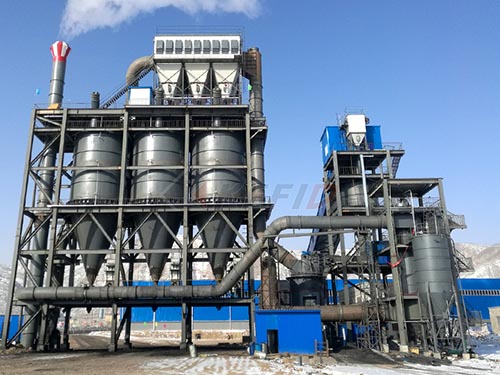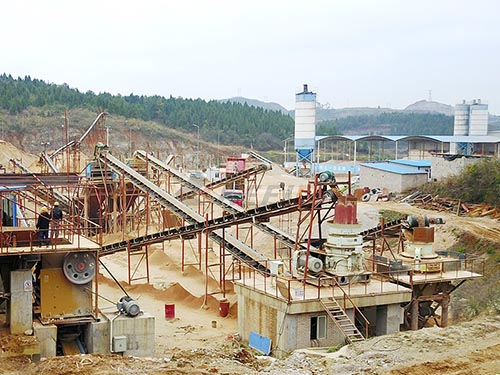The M22 Rock Crusher: Anatomy of a Legendary Transmission & Its Essential Parts
The Muncie M22 transmission, affectionately and accurately nicknamed the “Rock Crusher,” stands as an icon of American muscle car engineering from the 1960s and early 70s. Its distinctive whine under load wasn’t just noise; it was the signature of a heavy-duty gearbox designed for serious power and punishment behind big-block V8s like the Chevy 454 or Pontiac 455.
Understanding the key components that make up this legendary transmission is crucial for owners restoring classic muscle cars or seeking peak performance and reliability.
Core Components of the M22 Rock Crusher:
1. Case & Tail Housing: The robust cast-iron main case provides the foundation and houses all internal components. The tail housing attaches to the rear of the main case and contains the output shaft bearing and speedometer drive gear location.
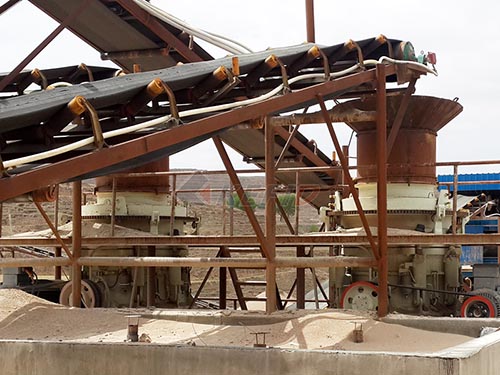
2. Main Shaft (Output Shaft): This is the shaft transmitting power out of the transmission to the driveshaft via the slip yoke splines.
3. Input Shaft (Cluster Gear Shaft): Driven directly by the clutch disc via its splines, this shaft carries a fixed set of gears that mesh with those on…
4. Countergear Cluster: A single large cluster gear assembly rotating on its own shaft within the case meshes permanently with both the input shaft gears and those on…
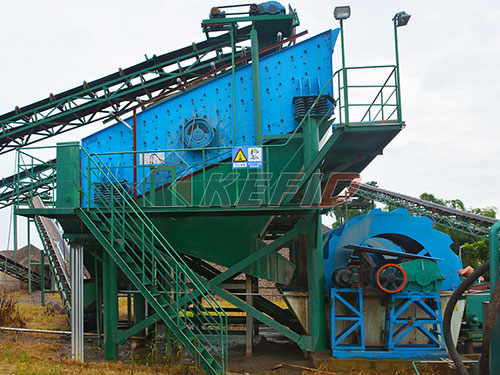
5. Reverse Idler Gear: Engaged only for reverse operation.
6. 1st/2nd Gear Slider Assembly: This assembly slides on splines cut onto the main shaft.
7. 3rd/4th Gear Slider Assembly: Located further forward on the main shaft than in earlier Muncies (like M20/M21), this assembly engages either third or fourth gear.
8. Gearsets: The heart of the Rock Crusher sound and strength:
Helical Cut Gears: Unlike earlier Muncies that used some straight-cut gears (quieter), all four forward gears in an authentic M22 are cut at a steep angle (helical). This design provides greater tooth contact area under load for superior strength but generates that characteristic whine.
Material & Design: These gears were made from significantly harder steel alloys than standard transmissions to withstand brutal torque loads without shearing teeth.
9. Synchronizers: Brass blocker rings
